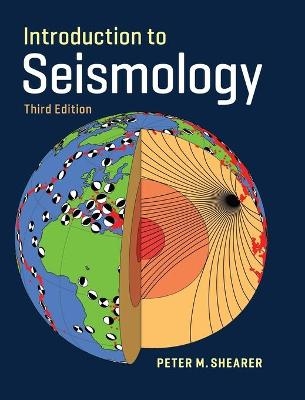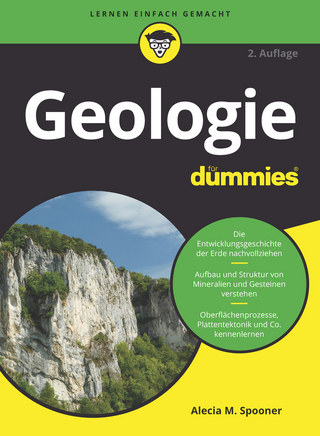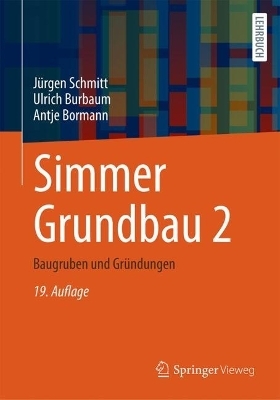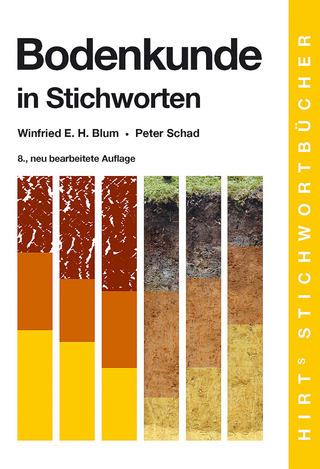
Introduction to Seismology
Cambridge University Press (Verlag)
978-1-107-18447-3 (ISBN)
This third edition provides a concise yet approachable introduction to seismic theory, designed as a first course for graduate students or advanced undergraduate students. It clearly explains the fundamental concepts, emphasizing intuitive understanding over lengthy derivations, and outlines the different types of seismic waves and how they can be used to resolve Earth structure and understand earthquakes. New material and updates have been added throughout, including ambient noise methods, shear-wave splitting, back-projection, migration and velocity analysis in reflection seismology, earthquake rupture directivity, and fault weakening mechanisms. A wealth of both reworked and new examples, review questions and computer-based exercises in MATLAB®/Python give students the opportunity to apply the techniques they have learned to compute results of interest and to illustrate Earth's seismic properties. More advanced sections, which are not needed to understand the other material, are flagged so that instructors or students pressed for time can skip them.
Peter M. Shearer is Professor of Geophysics at Scripps Institution of Oceanography, University of California, San Diego. He has written over 200 scientific papers on various aspects of seismology, is a member of the National Academy of Sciences, and is currently President of the Seismological Society of America. He has taught the introductory seismology class at Scripps for over twenty-five years.
1. Introduction; 2. Stress and strain; 3. The seismic wave equation; 4. Ray theory: travel times; 5. Inversion of travel time data; 6. Ray theory: amplitude and phase; 7. Reflection seismology and related topics; 8. Surface waves and normal modes; 9. Earthquakes and source theory; 10. Earthquake prediction; 11. Seismometers and seismographs; 12. Earth noise; 13. Anisotropy; Appendix A; Appendix B; Appendix C; Appendix D; Appendix E; Appendix F; Bibliography; Index.
| Erscheinungsdatum | 31.05.2019 |
|---|---|
| Zusatzinfo | Worked examples or Exercises; 12 Tables, black and white; 7 Halftones, black and white; 236 Line drawings, black and white |
| Verlagsort | Cambridge |
| Sprache | englisch |
| Maße | 193 x 253 mm |
| Gewicht | 1120 g |
| Themenwelt | Naturwissenschaften ► Geowissenschaften ► Geologie |
| Naturwissenschaften ► Geowissenschaften ► Geophysik | |
| Technik ► Bauwesen | |
| ISBN-10 | 1-107-18447-9 / 1107184479 |
| ISBN-13 | 978-1-107-18447-3 / 9781107184473 |
| Zustand | Neuware |
| Informationen gemäß Produktsicherheitsverordnung (GPSR) | |
| Haben Sie eine Frage zum Produkt? |
aus dem Bereich


